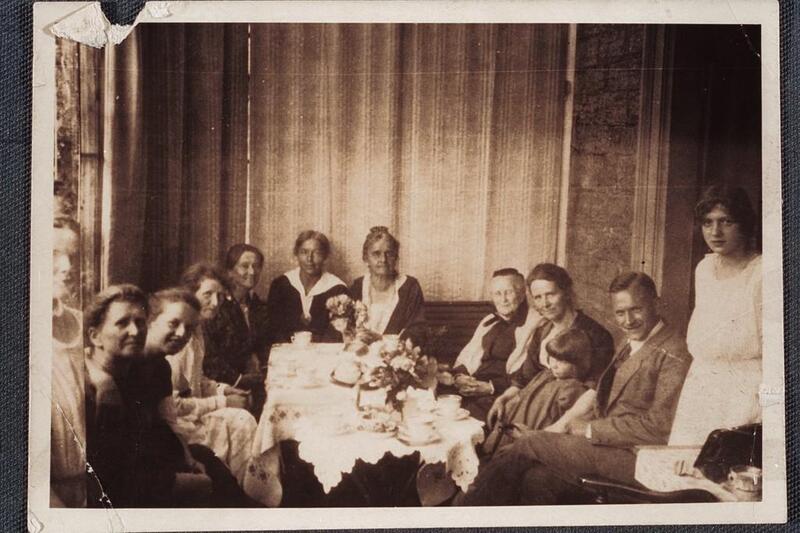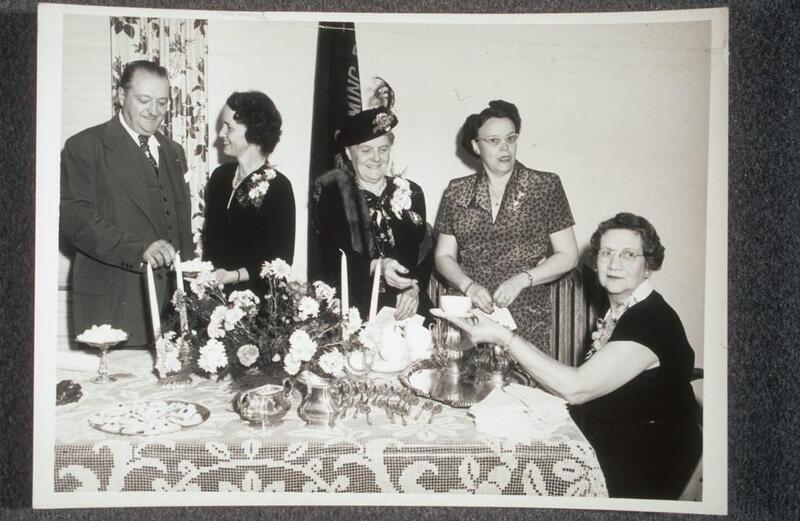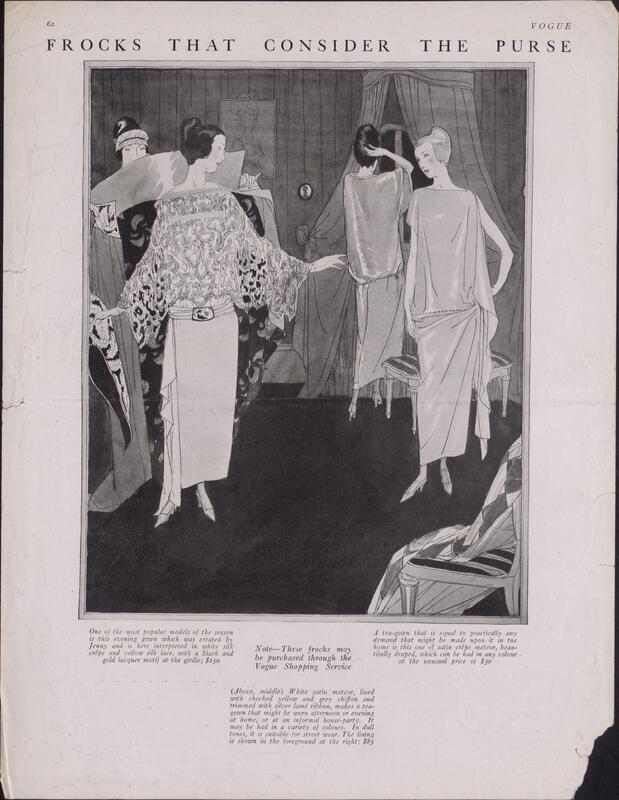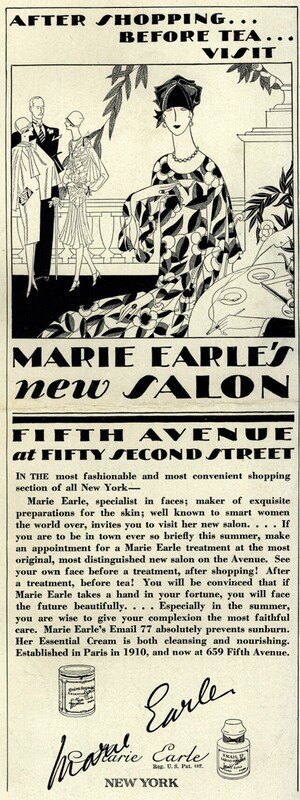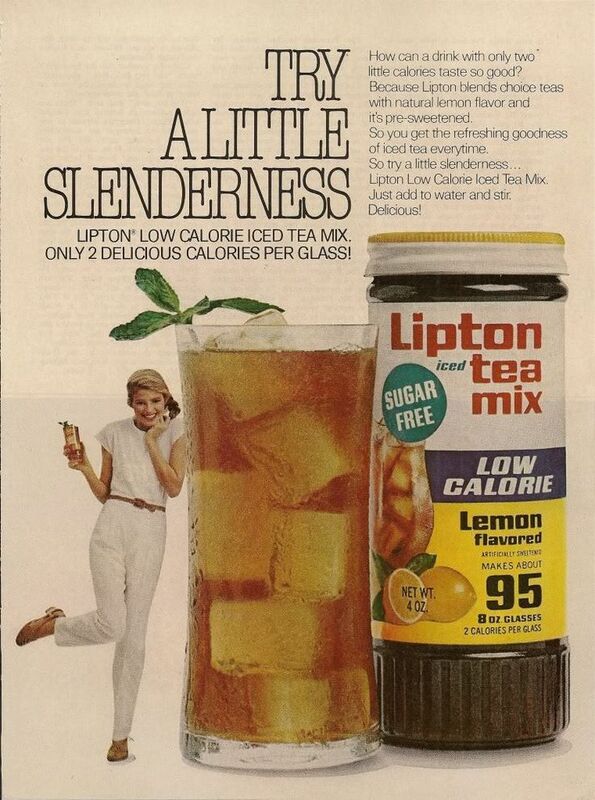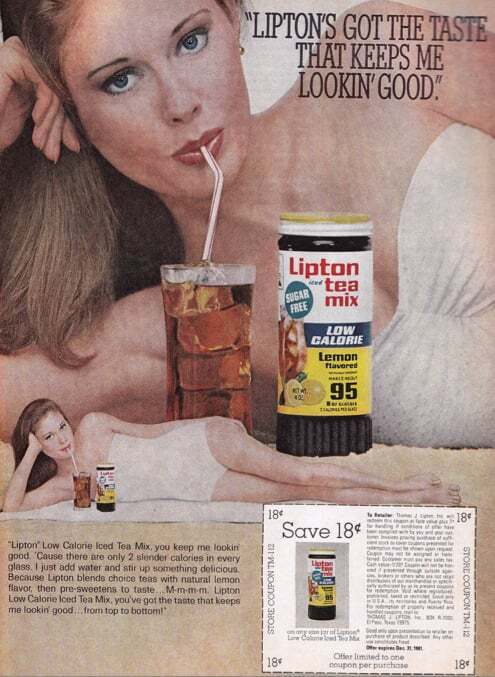Tea Culture: Women, Health, and Advertising Throughout 20th Century America
by Jeff Sargent
Despite being a primarily coffee drinking country, the United States’ tea consumption is on the rise, growing through the end of the 20th century to just under a half kilogram of tea per person each year (Martin, 169). The growth of tea consumption within the United States is not a new phenomenon. Ever since tea was brought to colonial America, it began to rise in popularity throughout many different locations. Tea expanded its zones of production by finding new customers and establishing new cultures of consumption (Ellis, 247). The spread and advertising of tea throughout 20th century America has had a noticeable effect on certain aspects of society, some of which we can still see today. Much of the advertising for tea products in the mid to late 1900s focuses are aimed at specific demographics, looking to insinuate a culture to promote the product. How does this affect certain groups of people? How involved are these demographics in the advertising industry? Throughout the 20th century, portions of tea advertising sought to involve many mainstream aspects of the health and culture pertaining specifically to women in order to promote tea sales. do so profited off the societal effects on women. Throughout this time period, these advertisements show a shift away from dated tea culture, towards a more modern custom.
Tea has a massive presence within advertising and media, where highly influential newspapers and magazines have and continue to run advertisements for different tea products. Tea played a large role within feminine culture, and these tea advertisements show how women and their culture are developed, portrayed, and targeted by tea advertising. How was this commodity so involved within society? How did tea advertising target specific audiences? Other than advertising delicious taste, tea advertisements reached their audience by acknowledging potential health benefits of drinking tea. Marketers have used a “healthy lifestyle” approach to capitalize on the “aura” surrounding tea and its consumers (Martin, 167). Tea culture and advertising in the mid to late 20th century became very heavily influenced by personal health, and through thus exhibit we will look at the noticeable cultural effect on how tea has been involved within American society.
Throughout this exhibit, I will be using a combination of visual primary sources and written secondary sources in order to support my argument. I have picked out primary sources that specifically imply different societal contexts revolving around gender and tea, most of which are direct TV/magazine advertisements, as well as personal photos revolving around tea culture. With these, we will look at the initial tea culture within America, and see how tea relatred advertisements are involved in American culture, and how they reached an audience over time. We intend to acknowledge the strategies in which advertisers chose to appeal to the American consumers, as well as point out the social contexts in which the United States market was affected by these advertisements. To further dissect and emphasize the topic, I use a variety of secondary sources regarding, tea, advertising, health and gender in order to link different cultural and social topics together with the advertising industry.

